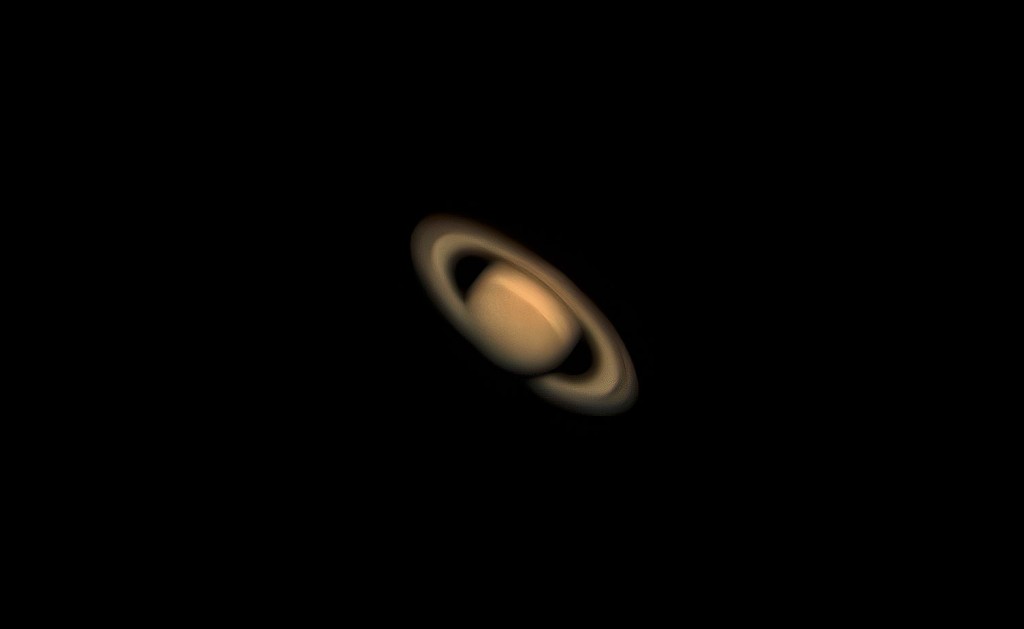August hosts a plethora of lunar and planetary events, perfect for the Backyard Astronomer. Even the most basic binoculars or telescope will allow one to enjoy our celestial neighbors as they put on quite the display this month.
August 1st starts off the month with a Full Supermoon. The second Supermoon this year, this event occurs when the Moon appears slightly larger in the sky due to its proximity to Earth in its elliptical orbit. While there is no strict definition of a Supermoon, it is commonly accepted that the moon be within 90% of perigee, or the closest approach of its orbit to Earth. By contrast, the furthest part of an elliptical orbit is called the apogee, and the Moon’s distance from Earth can sway from about 405,500 km to as close as 363,400 km, or about 252,000 miles to 225,000 miles. This full moon was also known in the Great Lakes regions as the Sturgeon Moon, for its timing correlated with the preferred fishing season.

On August 10th, Mercury will be at greatest Eastern elongation from the Sun, meaning it is as high in the evening sky as we can see it, before it begins to move back around the Sun. “Eastern Elongation” may seem like a misnomer, referencing where the planets are in relation to each other, however you will look to the Western horizon just after sunset. This is the best day of the year to catch a glimpse of the elusive owl whom the Maya regarded as a messenger to the underworld.
In the early hours between August 12th-13th the Earth will pass through the tail of comet Swift-Tuttle. Having last visited the inner solar system in 1992, and not returning until 2126, the debris cloud of dust and ice particles affords the annual Perseids Meteor Shower, with excellent viewing this year as the moon will only be a crescent. Enjoy this show after midnight when you may catch upwards of 60 meteors per hour.

On August 24th, the bright red head of the Scorpius will be eclipsed by the moon. This rare event will see the occultation of Antares by the moon, disappearing behind the moon at 6:55 PM MST and reappearing an hour later at 7:55PM.
Saturn puts on a show on August 27th, at what we call Opposition. Saturn will be at its closets to Earth on this night, and fully illuminated by the Sun directly opposite it. Moving through the constellation Aquarius in the Southern sky, a medium sized telescope will allow you to see the rings and maybe even its moon Titan.

Wrapping up the month of August on the evening of the 31st is the second Supermoon of the month. When two full moons occur in the same calendar month, we call the second one a Blue Moon. This Moon won’t really appear blue but is a relatively rare event to have both full moons in a single month be Supermoons.
